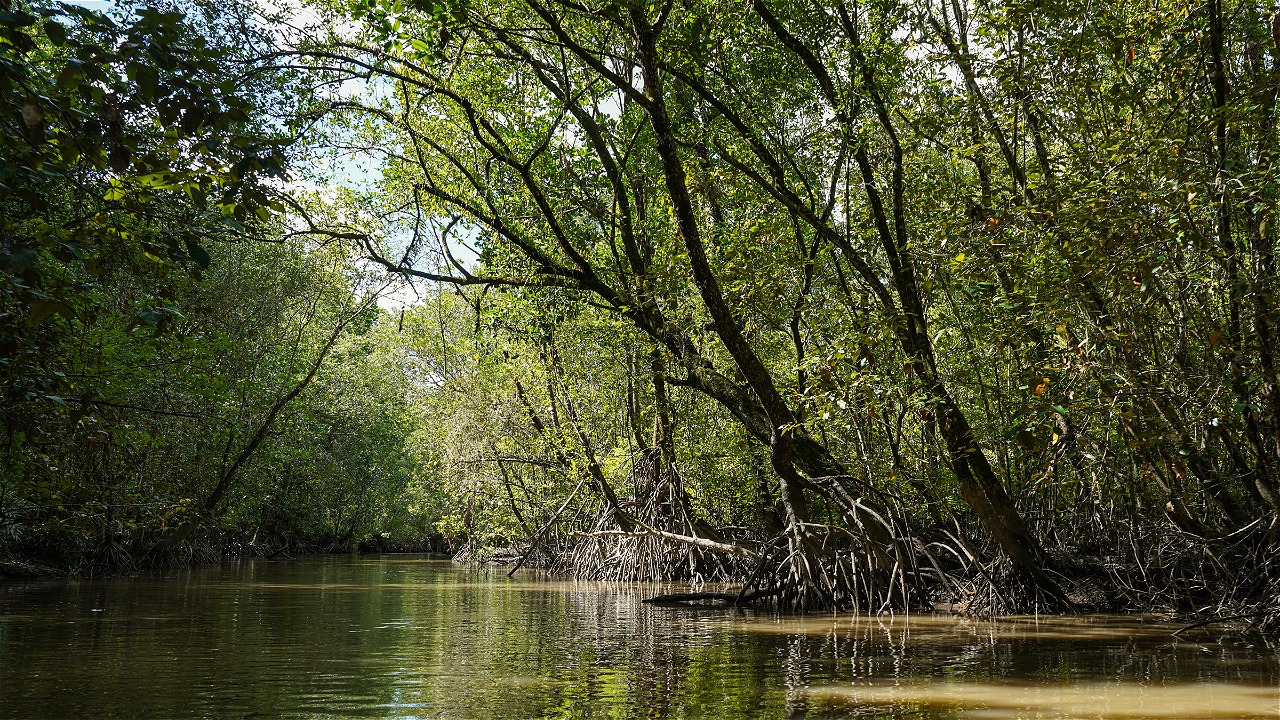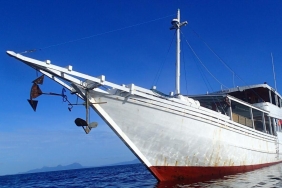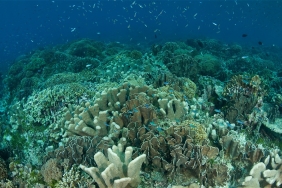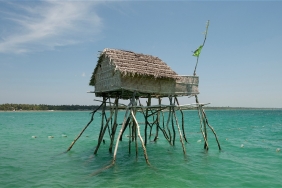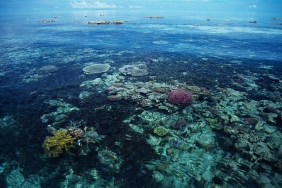CLOUDY WATER IS NOT NECESSARILY DIRTY
By: Evi Nurul Ihsan (WWF-Indonesia)
There is a saying, rippling water is a sign of no depth. This means that when we see rippling water dancing as it flows from upstream to downstream, the water is shallow. This was not the case during XPDCSULTRA. On the first day of the expedition, team B, which I led, was assigned three dive sites to conduct ecological monitoring.
The first two dive sites were Saponda Island and Hari Island. Islands with open seas always promise clear waters and good visibility for monitoring reef fish populations.
A unique thing happened when we arrived at the third dive site, in the waters of Waworaha Village, Soropia District, Konawe Regency. We saw an expanse of mangrove trees along the coastline with green sea water.
"Be careful and always be aware of your surroundings. The water is quite murky and our coastline is entirely mangrove. Let's pray there are no crocodiles," I said during our pre-dive briefing. Indeed, the dense rows of mangroves are also known as a nesting ground for crocodiles.
However, what happened was unexpected. The green murky water surface was only found at the first one meter depth. At the next depth, the water was clear with good visibility. The corals were still in good condition. There were still many reef fish that we encountered, both from the snapper family, thick lips, yellow tails, and parrot fish.
That wasn't the end of our luck that day. We were also entertained by the sighting of a hawksbill turtle relaxing on a coral bed after a long swim exploring the open ocean. Or, perhaps he had just finished eating an old sponge so that new coral shoots could grow.
So, seeing how beautiful it is down here, our guess is that the green-colored murky water above is caused by a mixture of mud substrate sedimentation, which is the habitat for mangroves to grow. Coupled with the extraction of leaf litter from the fallen mangroves scattered over the seawater. We ended the first day of the expedition on a happy note.

